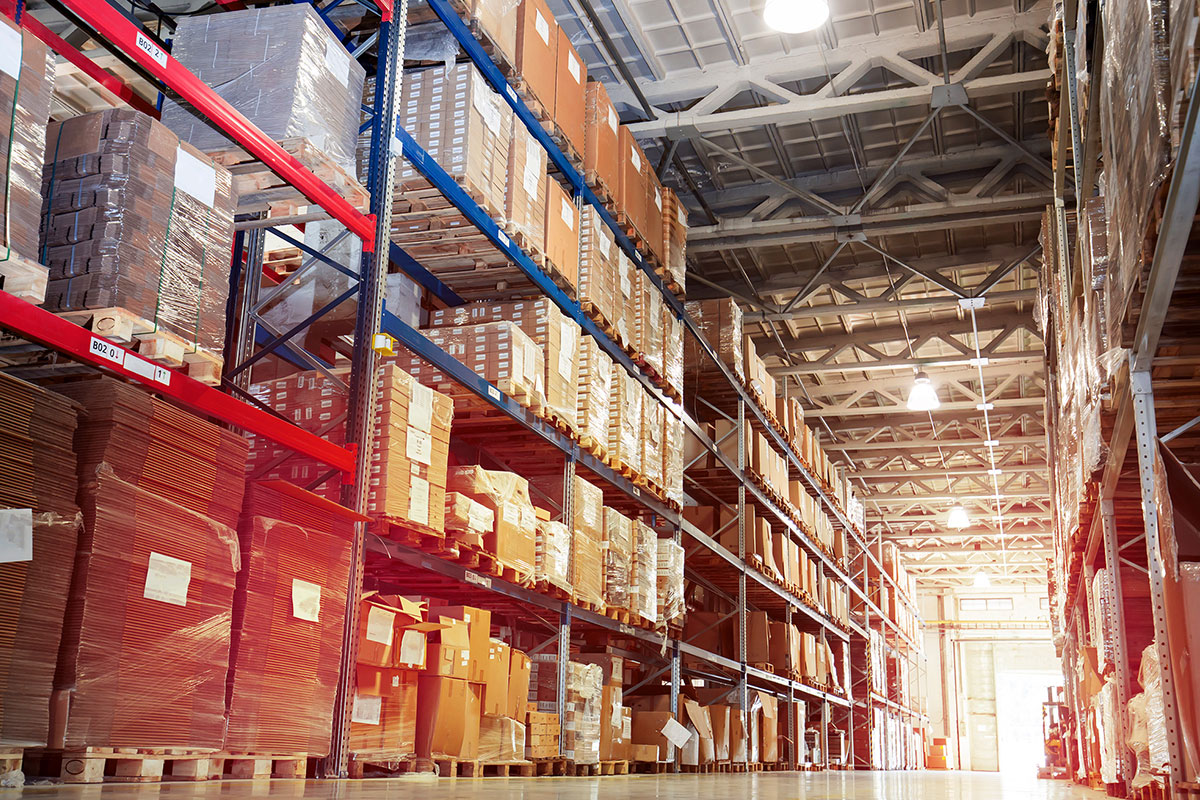Navigating the Future Landscape
The logistics industry is evolving rapidly, and the latest trends report provides a comprehensive overview of the dynamic warehouse landscape. It offers insights into growth opportunities, potential challenges, and the pivotal role of technology. Here, we delve into the most prominent trends identified in the report, shedding light on what’s shaping the future of third-party logistics.
Combatting the Labor Shortage:
The quest for talent remains a critical hurdle, with nearly half of 3PL warehouses flagging employee recruitment and retention as their second-most pressing challenge after cost management. Even with the looming possibility of an economic downturn, the 3.5% unemployment rate coupled with escalating labor costs underscores a persistent trend: the competition for skilled workers will remain fierce in 2023.
Addressing Warehouse Capacity Constraints:
A record number of 3PL warehouses reported operating at or beyond their capacity in 2022, signaling an upcoming test of balancing facility expenses against the need for expansion. This expansion is essential for accommodating new clients and the continued growth of existing ones. Approximately 35% of 3PLs acknowledge that securing additional warehouse space stands as a significant obstacle.
Innovations in Billing and Invoicing:
Economic uncertainties and inflationary pressures have led 32% of 3PLs to seek innovative technology solutions aimed at streamlining billing and invoicing procedures. The goal is to enhance the efficiency of financial operations and ensure the accurate capture of billable services. Investment in these technologies will likely increase as 3PLs strive to bolster profitability in 2023.
The Surge in Technology Adoption:
Connectivity is at the heart of 3PL innovation this year. The average 3PL warehouse management system (WMS) has seen an increase in integrated systems, rising from 2.3 in 2021 to 2.7 in 2022. Enhanced connectivity through Electronic Data Interchange (EDI), e-commerce shopping carts, and marketplace integrations has become more prevalent, reflecting the need to seamlessly work with diverse customer order sources. As brands diversify their sales channels in response to shifts in consumer behavior, this upward trajectory in tech adoption is set to continue into 2023.
Read More: How to Choose the Right 3PL for your Business?
Enhanced Reporting and Analytics:
The report highlights a pronounced discrepancy between the most profitable 3PLs and those with marginal or non-existent profit growth. Top-performing 3PLs are honing in on key performance indicators (KPIs) that directly influence growth, revenue, and cost control — such as revenue per order, order volume, labor efficiency, and pick time per order. In contrast, less profitable 3PLs tend to focus on broader, lagging metrics like overall operating costs. As we move into 2023, prioritizing actionable, leading KPIs will become a trend, as these are critical for effective cost management and sustained profitability.
These insights from the report underscore the necessity for 3PL warehouses to adapt and innovate continuously. By embracing these trends, 3PLs can ensure they are well-positioned to meet the challenges and leverage the opportunities that lie ahead in the ever-evolving landscape of logistics and supply chain management.
Discover how Precision Fulfillment Solutions can contribute to the continuous adaptation and innovation required in 3PL operations.
Keep Reading: Selecting the Ideal 3PL Partner for Your Business

